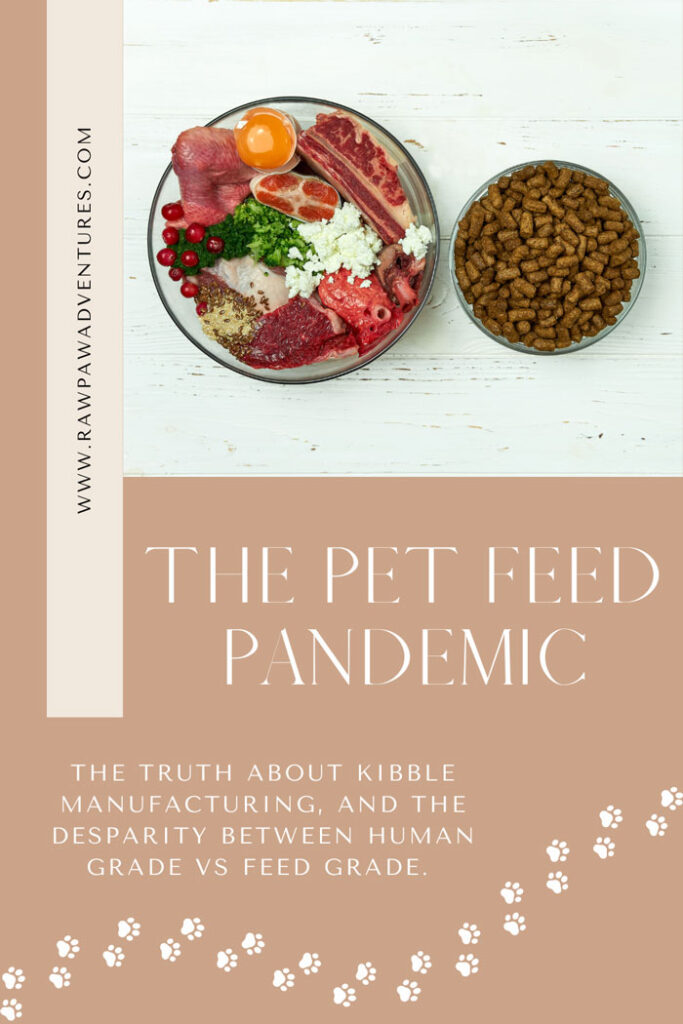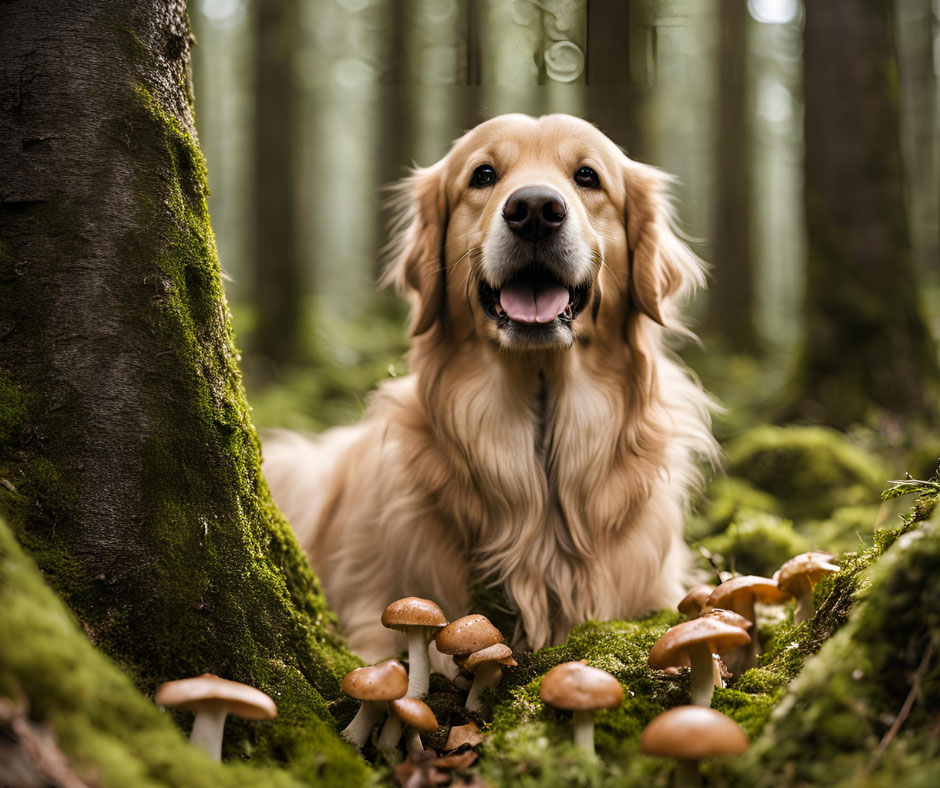
These three terms are very important, in fact one might even call them the three P’s that lead to the prettiest perfect poop! All joking aside, these P’s seem to be all anyone is talking about these days, and for good reason. For years we’ve heard about the importance of probiotics and their effect on the gut, but could there be something even more important than probiotics? Carry on reading and find out!
PREBIOTICS
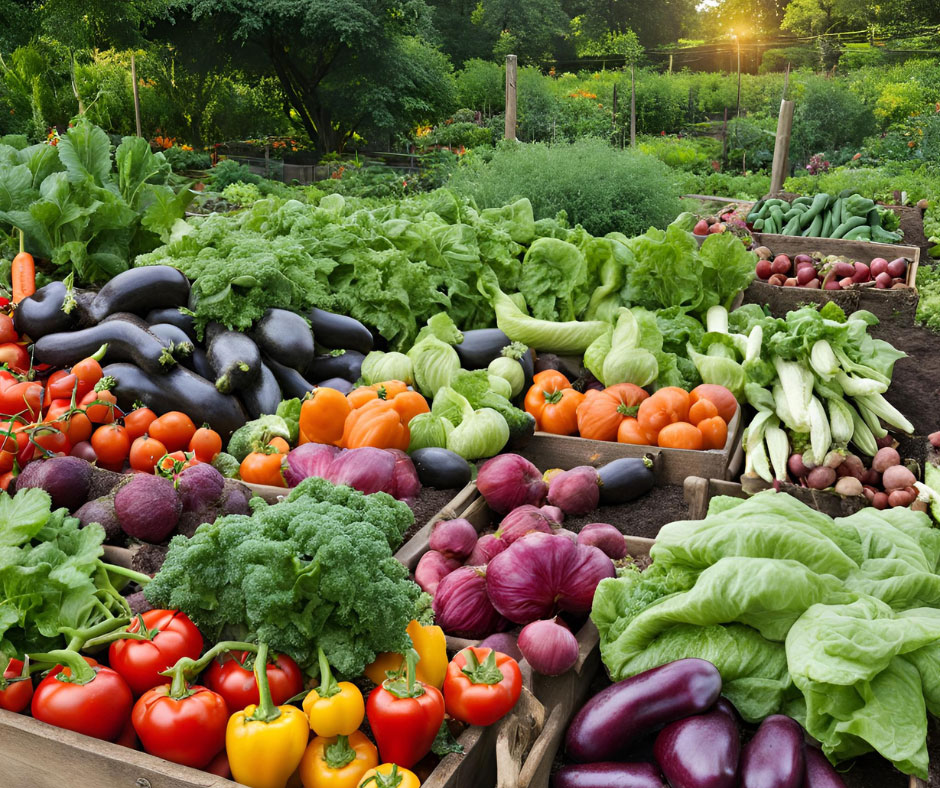
This beautiful, colorful pile of vegetables is an excellent example of prebiotics. If you break down the word, pre means to come before, and biotics means living things, in this case referring to the organisms in your gut. So prebiotics are any substance that should come before the gut microbes in order to feed and nourish them. The truth is, without prebiotics, any probiotics you add to the diet will starve to death! They need to be fed a diverse, species appropriate diet in order to not only survive, but to thrive.
What do I mean by species appropriate? You’ve seen me use that phrase countless times, because it is of the utmost importance. Simply feeding the gut isn’t enough- you need to feed it the substances it needs to create an optimal environment in order to truly work its magic for us. This means a variety of low glycemic, nutrient dense, and appropriately fibrous vegetables, fruits and fungi. In fact, prebiotic fibers such as those found in mushrooms can fuel the gut for upward of two weeks! The different nutrients present in vegetables and fruits are nourishing for our gut, and different organisms may prefer different nutrients. When you think about it, a healthy gut is kind of like a goat- a bottomless pit that is kind of hairy (because of the microvilli) and always hungry! It’s our job to feed that pit and reap the benefits.
And why do I speak about the gut as though it’s a living entity? Because it is! Let’s talk about why.
PROBIOTICS

Our gut is FULL of living microorganisms, from yeast to protozoa to viruses to bacteria. Everyone is born with their own microbiome, inherited from our mother and the circumstances of our birth. For example, if one is born via cesarian section, they would have a different microbiome compared to if they had come into the world via a vaginal birth. Breast feeding versus bottle feeding will also affect the microbiome and the immune system. No matter the circumstances however, we all have a body absolutely teeming with these microscopic organisms…. so I hope you aren’t a germaphobe!
Here are some facts which, if you’re anything like me, you’ll find interesting:
There are thousands of species of microorganisms that have been found to live on or in mammals. Of those identified, about 700 have been found in the oral cavity, 700 in the respiratory tract, 2000 in the intestines, 675 in the urinary tract, and 580 in the vaginal flora.
There are on average between 150-200 unique species of microorganisms in every person.
The total amount of microbes in each individual is about 100 trillion within those 150-200 species.
Those 100 trillion organisms would weigh about 5lbs if they were removed and placed on a scale.
The job of our microbiome, which is that collection of microorganisms, is to protect us from foreign invaders and to create substances called postbiotics (more on that later). Think of the microbiome like an army- you have the foot soldiers, the cavalry, the archers and the generals all playing a role, and they should work together in well-organized harmony to repel foreign invaders and keep the kingdom (your body) safe and functioning optimally.
But what happens when that army isn’t well organized or well proportioned? In one word, chaos.
Let’s say for example that a dog is given a round of antibiotics, be it for giardia or a UTI or cellulitis. That antibiotic will kill not only bad, foreign bacteria, but also the good protective bacteria as well. Perhaps this type of antibiotic kills all the generals and some of the archers, but the foot soldiers and cavalry remain intact. All of a sudden, we find our army disorganized and disproportioned. Maybe the remaining archers abandon their bows and arrows and transform into foot soldiers, but this extra mass of foot soldiers and lack of archers isn’t a good thing. Because of this, the specific enemy the archers were protecting us from is able to break through the barriers, and the provisions of food and shelter that were carefully portioned out for the foot soldiers is stretched thin because of the unexpected influx, and suddenly those resources are gone. Now our starving soldiers can’t perform the way we need them to (think postbiotics), and our body is left open to invasion. So, you can see that both diversity and balance within that diverse population is crucial.
“In diversity there is beauty and there is strength.” – Maya Angelou
What do we do if we find ourselves in this kind of situation? We have to re-diversify the population! Someone else might now say that we should give probiotics in a capsule or powder form, purchased from a reputable company that has high colony forming units (CFUs, or the number of organisms present) and several strains in one product. I’m going to give you a controversial answer instead.
Purchasing probiotics is a waste of money that leads to expensive poop and nothing more.
If I didn’t lose you there, then I’m glad you stayed to hear me out. These are a few reasons why I have such a hot take:
1. It is virtually impossible to restore the microbiome by giving a commercial product with only a few strains and a few billion CFUs. Remember that one billion goes into one trillion 1000 times, and there are about 100 trillion organisms in the GI tract alone. So that 2oz container of probiotics that cost $40 for two weeks and had 5 billion CFUs in it cannot possibly effectively change the composition of a population that is 20,000 times larger.
2. Many probiotic strains will not survive the acidic environment of the stomach and don’t even make it into the intestines to begin that process of repopulating.
3. Your own innate microbial population is ingrained and difficult to change- it’s like trying to reverse the tide or make the sun rise in the west. Rather than trying to force a change, it’s better to encourage rebalancing what is already there.
Now I’m not saying there is never a time for commercial probiotics- there certainly is. But it should be under the right circumstances, and possibly while working with a pet nutrition professional who can guide you and continue to check in and make changes as needed.
So, if I don’t recommend commercial probiotics, you’re probably wondering how I get these beneficial organisms back into the body. The answer is food, always food. Functional food to be exact!
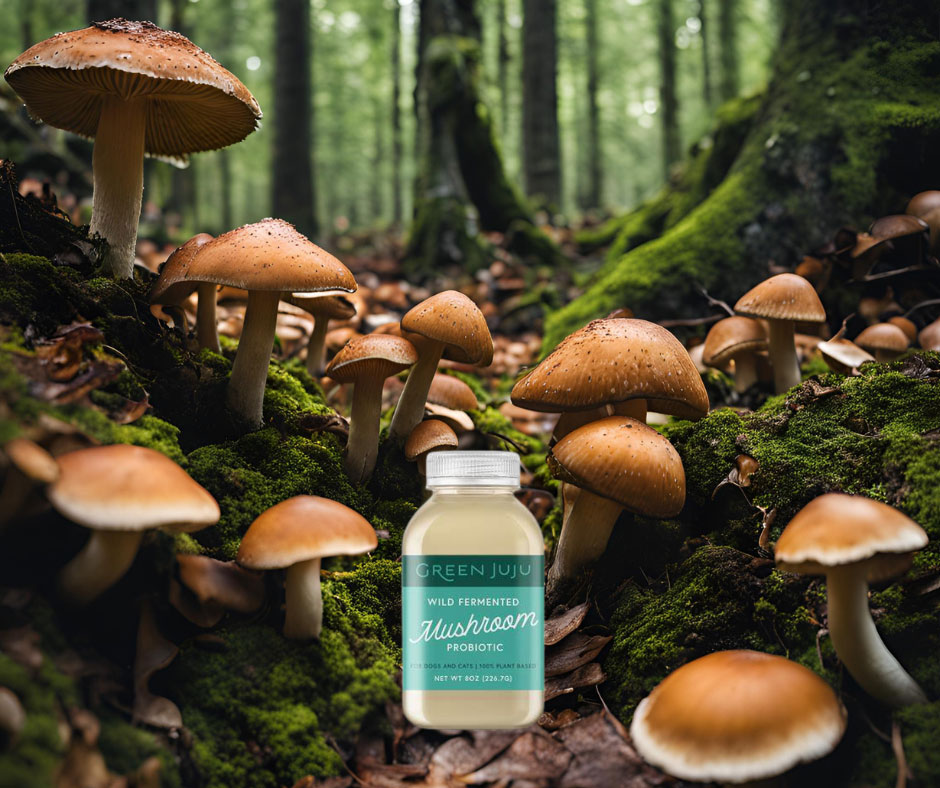
I already mentioned that mushrooms provide prebiotic fiber, but they can also provide probiotics! Green Juju makes a lovely wild fermented mushroom probiotic that contributes thousands of different strains of probiotics, and if you allow it to sit for a week and ferment further, those strains will change and grow. This means that each time you use one of these bottles, you’re getting a different composition of strains and amounts within those strains that feeds the gut. The same is true of their other fermented foods on the market, such as Bam’s Beets, Lua’s Golden Paste, and Raw Goat Milk. You can also find Kefir and Goat Whip from Bones & co, Gussy’s Gut fermented freeze-dried supplement and their Gutables treats, and many more.
However, you don’t have to buy one of these products from a company- you can grow them in your own garden, purchase from a local farmers market, or grab some organic unsprayed veggies from your local health food store. Fermenting at home isn’t too difficult, and there are countless YouTube videos and Google articles on how to do it. I’m able to find raw cow kefir, sauerkraut, kimchi and kombucha at Whole Foods that I feed to my dogs and myself!
And I would be remis if I didn’t mention my favorite and cheapest probiotic of all… dirt! Dogs require a specific bacterium in order to properly digestion protein, and that bacterium, called Fusobacterium, is only found in dirt. So next time you want to feed your dog, and you want to give them probiotics, just put their raw meaty bone in the dirt outside and let them chomp away – you’re getting a dual effect!
POSTBIOTICS
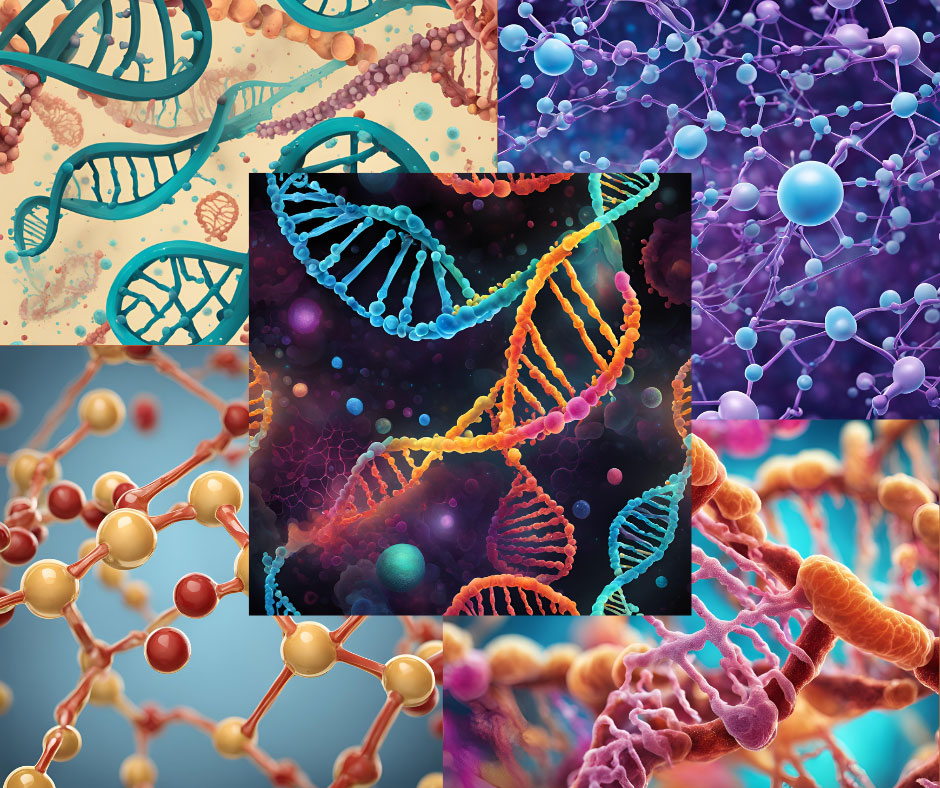
Postbiotics are the substances that are made by our probiotics. Some examples of postbiotics include:
1. Short Chain Fatty Acids (SCFAs)
2. Serotonin
3. Lipopolysaccharides
4. Enzymes
5. Vitamin K
6. Antimicrobial pepties
There are many more, but let’s focus on the first two. SCFAs provide an important method of transportation for the body. They bind to other molecules and transport them across cellular membranes. They also work to reduce inflammation, modulate immune response, and regulate the metabolism among other important roles.
Next we have serotonin. This little neurotransmitter is more than just your happy chemical. Upward of 95% of serotonin is made in the gut and then gets transported to the brain. In fact, the gut communicates with the brain about 10x more than the brain communicates with the gut! Serotonin is needed to carry messages between nerve cells, is incredibly important for modulating mood, sleep and digestion, and even plays a role in wound healing.
PUTTING IT ALL TOGETHER
Now we know that probiotics are useless without ensuring adequate prebiotic fiber is present to feed those organisms so that they make the postbiotics necessary for a happy and healthy life. So the answer to the question “is there something more important than probiotics?” is YES! Prebiotics and probiotics together in fresh food form are infinitely more important than commercial probiotics alone. And we also now know that prebiotics and probiotics can be purchased in food form from a company, found at the grocery store or grown in your own garden. Now get out there and eat some dirt!

